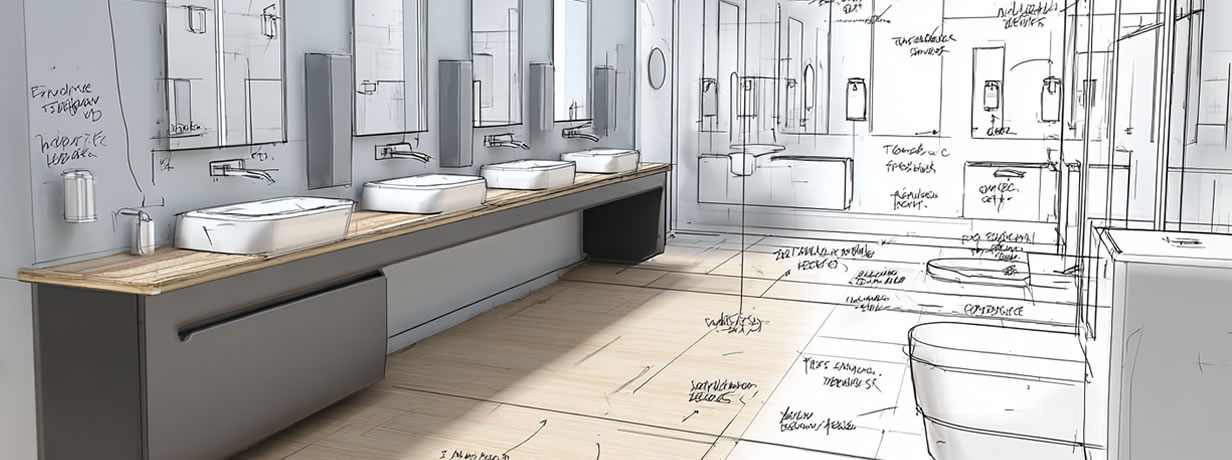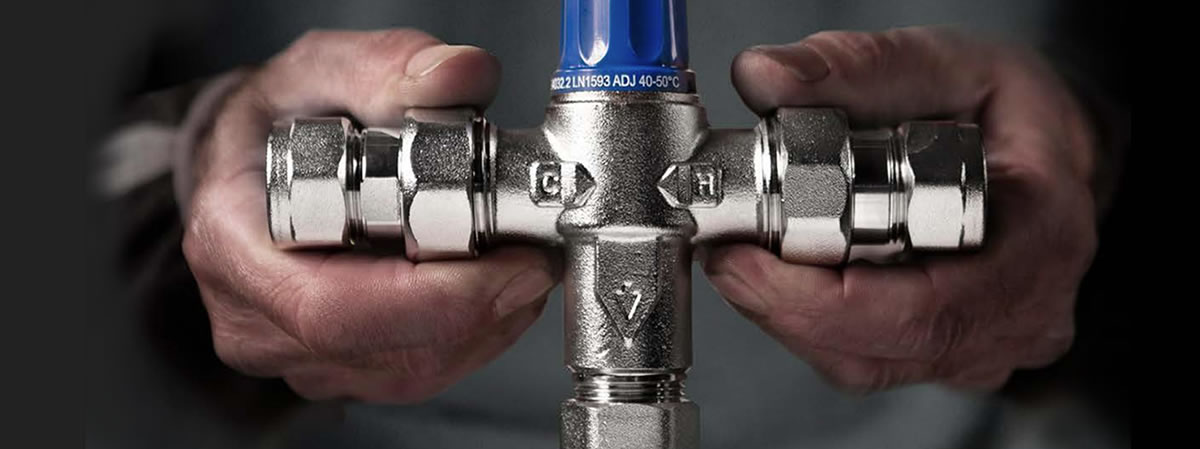Washrooms on Ferries and Cruise Ships
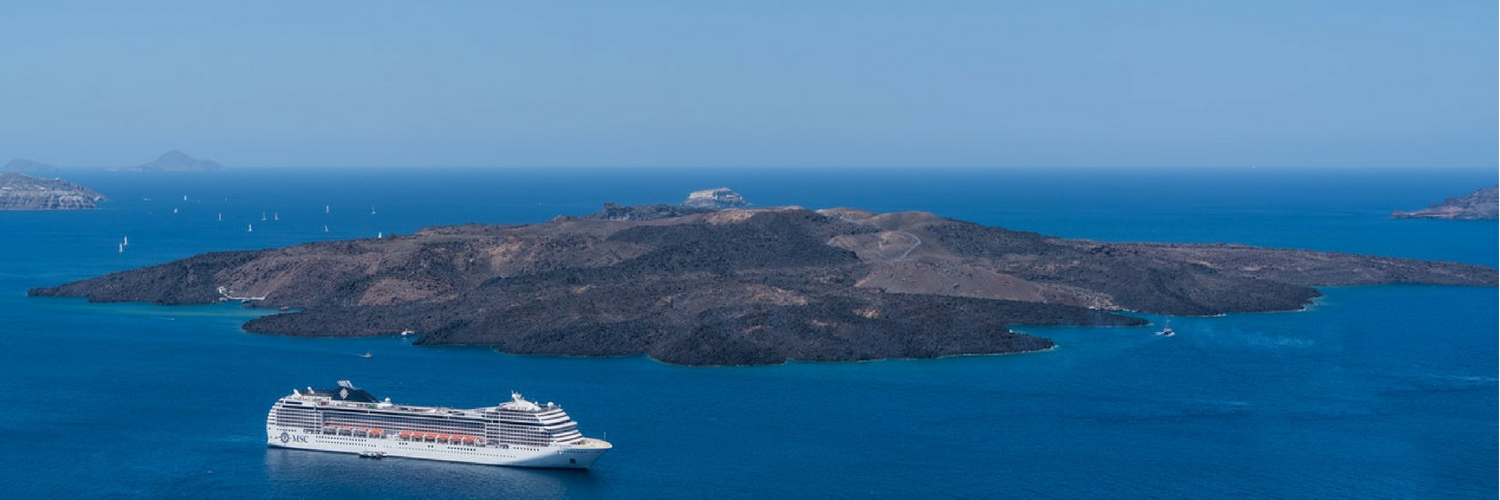
Providing washrooms for employees, customers, and visitors bring a whole heap of responsibilities, but when partnered with being at sea, safety and hygiene is even more crucial to get right. In no other setting does the washroom physical tilt on-axis, and the stability of the fixtures and fitting’s needs to be even more substantial than usual.
Thought also needs to be given to the users when the ship is at sea and moving, with methods to steady themselves provided. Below we take a look at just some of the things you’ll need to consider when carrying out a refurbishment project aboard a ferry or cruise ship.
Remove sharp edges
The movement at sea can make some fixtures and fixings a hazard, particularly those with sharp, blunt edges. Most corners on work surfaces are rounded when it comes to sea vessels. This is also apparent for partitions, shelves, and wall-mounted cupboards.
Fasten things down
Mirrors, wall-mounted dispensers, and picture frames will all need to be firmly secured in place so that they can’t fall or slide when seas are rough. Many ships will also choose to integrate a latch mechanism on all cubicle doors so that they stay shut when closed. This is in addition to the lock and can prevent users from having fingers caught or doors hitting them when the movement of the ship is substantial.
Provide stability to users
With the aforementioned movement of the ship, the installation of grab rails is a sensible choice throughout the washroom. Above urinals and near to washbasins are good locations, as is near the door opening of the washroom itself.
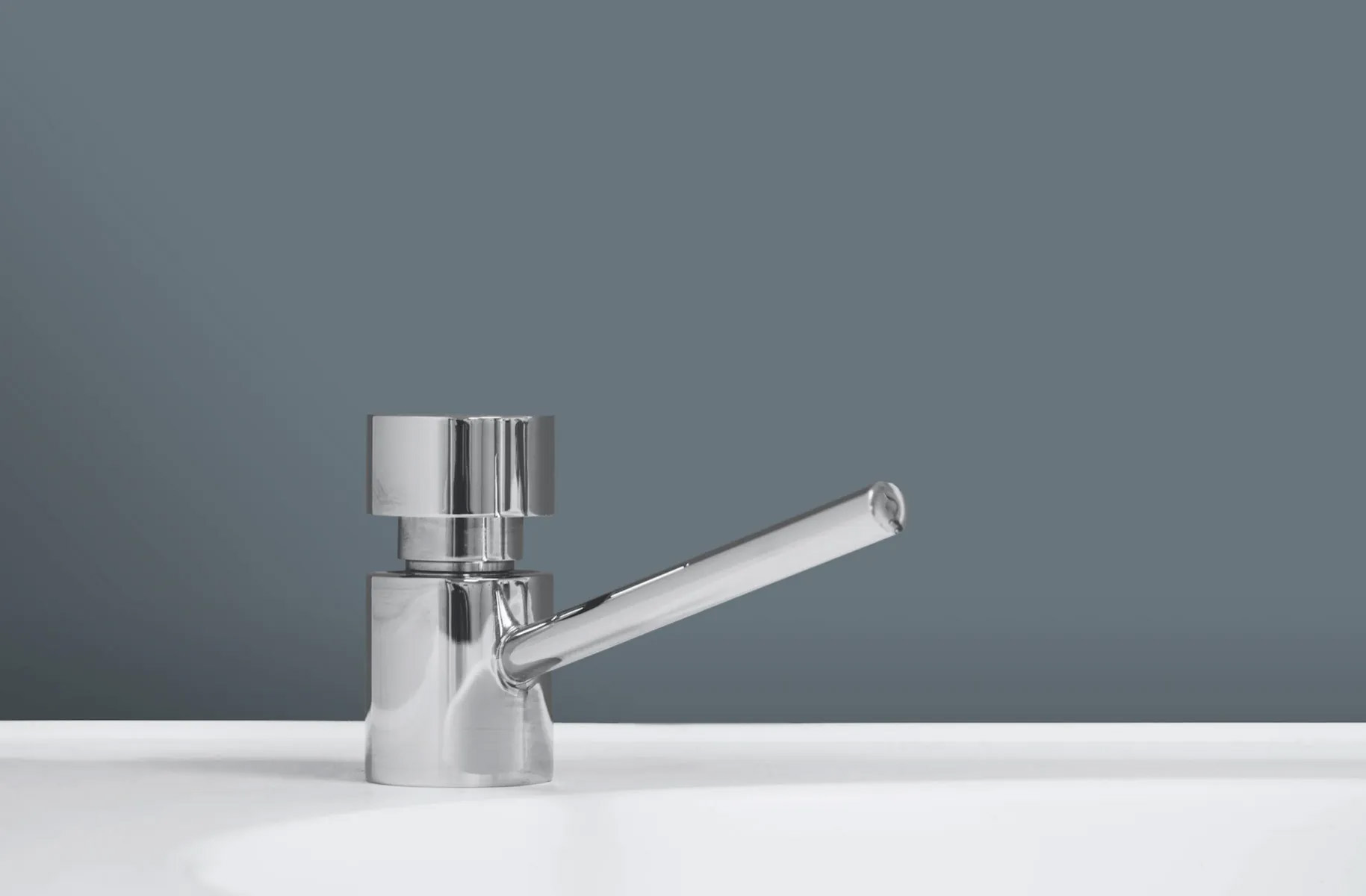

A proactive approach to hygiene
Sickness and diarrhoea can spread rapidly when aboard a ship and hygiene is key to preventing widespread illness. The promotion of thorough personal hygiene is important, which can be delivered through good usability design within the washroom itself.
Integrating sensor controls
Sensor activation is key to promoting good hygiene. By installing sensor-activated toilet and urinal flushers along with sensor taps at the basins, you remove the need for a user to physically touch surfaces with dirty or bacteria-contaminated hands. Sensor activation is found on most hand dryers and can also be integrated into the washroom lights. PIR lighting systems work by switching the lights on only when movement is detected within the washroom. This further removes the need for users to touch surfaces, and also brings electricity savings, which are of paramount importance on a cruise ship when out at sea.
Offer sanitising gel dispensers
As an added insurance policy, hand sanitising gel dispensers are often cited at the entrance and exit of the washroom. Some hand spray dispensers demonstrate how a highly hygienic washroom needn’t leave you compromising on contemporary design.
The doors you need
Cubicle doors need to be made from the most durable material available. In most cases, we recommend solid surface laminate (SGL), as this is completely impervious to water and offers rugged strength and durability. This material can also be used to create vanity units, which are perfect for mounting washbasins and conceal all pipework within. This gives you a clean flat surface, which is easier to deep clean and sanitise. Vanity units can also be built in such a way as to house bins and provide valuable storage space.
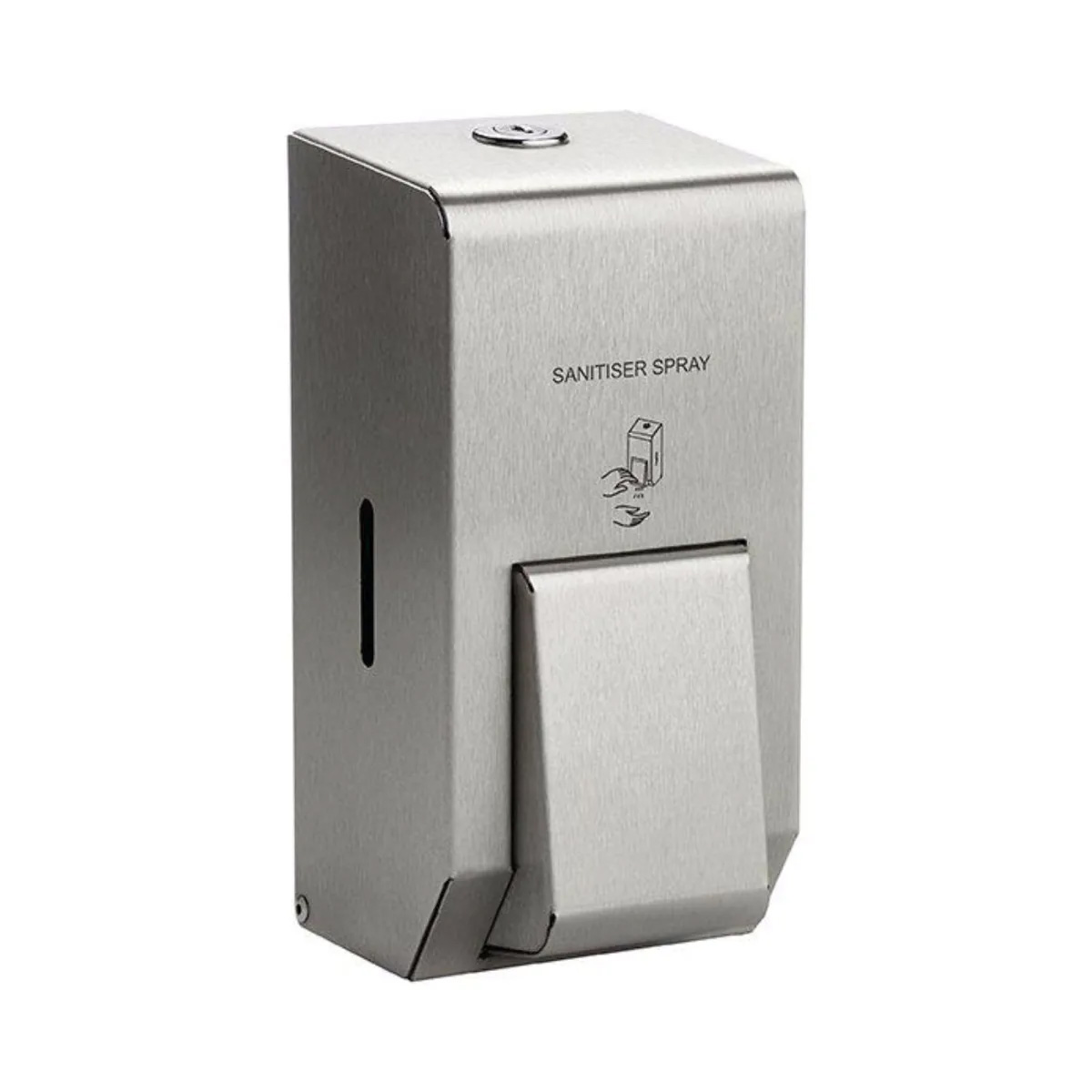

The doors you don’t
However, there are doors that aren’t completely necessary on ocean-going vessels, and with clever design, you can remove them completely. Instead of a main entrance door to the washroom, many liners have a wide clear opening with a privacy partition wall greeting you as soon as you enter. Behind this is a large communal hand wash area with toilet cubicles leading off this main room, well out of view from other passengers. This benefits maintenance crews as it also has no heavy door to swing open and closed when the seas are choppy.
Invest in your floor covering
Floor covering should be one of your first and major priorities on a ship as this is an area prone to accidents and slips. Vinyl safety flooring is perhaps the most common choice, which is fitted very much like a lino floor and rises up the edges of the room by a few inches, creating a watertight tray. This makes deep cleans very easy and some products carry anti-slip properties that work with both bare feet, and shoes. Some even offer a slightly more cushioned surface than hard tiles or metal. Of course, creating this tray-like floor means the inclusion of a floor drain.
And don’t forget the floor drains
Floor drains are needed for obvious reasons. A rocky ship can result in its fair share of spilled water and as such, needs to drain away fast. The aforementioned deep cleans and hose-downs are also made even easier this way as soaps, detergents, and water is all washed away without any fuss or hassle.
Durability is key
Whether vandalism is an issue on your particular vessel or not, you’ll most likely want to consider installing the most durable fixtures and fittings available as doors slamming, knocks, bumps, and scrapes are all par for the course. Stainless steel fixtures are a common choice, but on the more high-end ships, you can still strike a beautiful balance between rugged durability and sleek, elegant aesthetics.
If you’d like further advice on refurbishing commercial washrooms aboard ferries and cruise ships, or would like to talk about how we can offer our professional services from specification and 3D designs, through to supply and installation, please get in touch today on 01202 650900
Got a question? Get in touch
MORE TO EXPLORE IN Related Posts
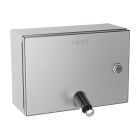
KWC DVS Horizontal Wall Mounted Soap Dispenser 1 Litre

Replacement Toilet Cubicle Doors (MFC / HPL / SGL)

DVS Urinal Sensor Flush Control Kit (Double Station)
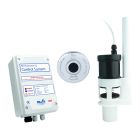
KWC DVS Automatic Toilet Sensor Flush Kit
As low as £408.00 £340.00

